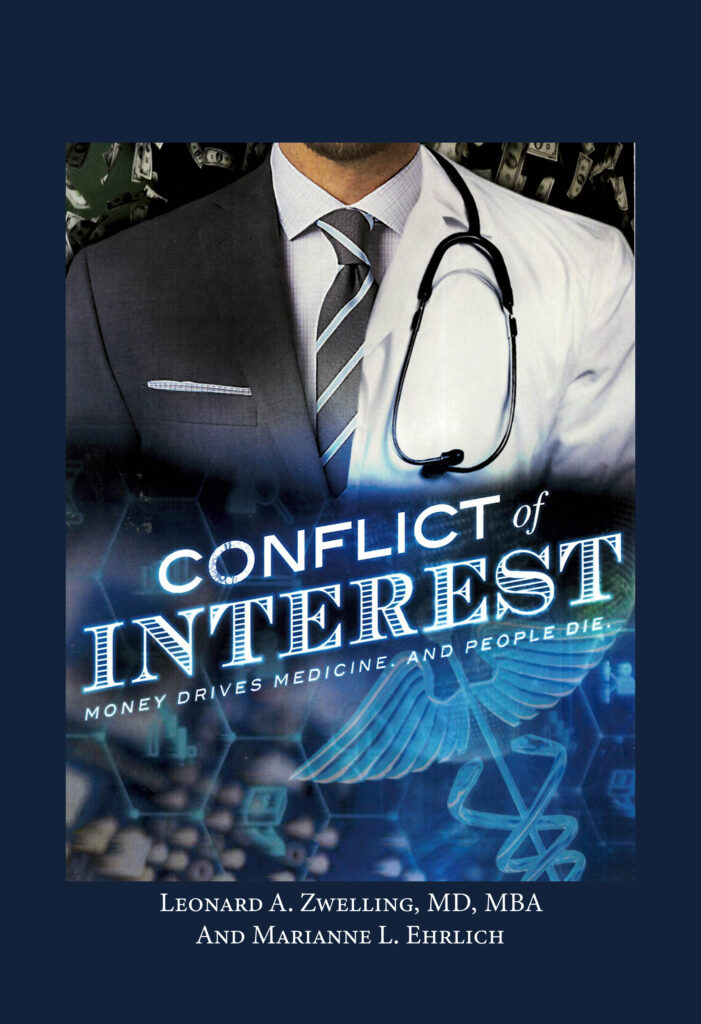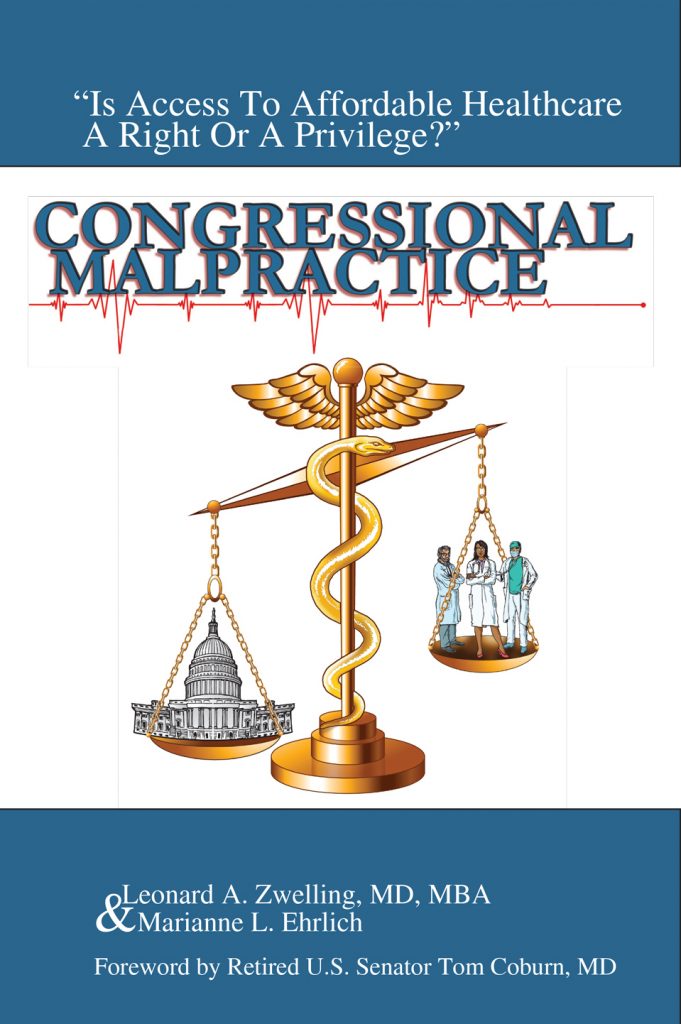The Academic Cancer Center
By
Leonard Zwelling
There are many “cancer centers” now. When I was first training in internal medicine there were only four—Memorial Sloan Kettering, Roswell Park, the National Cancer Institute, and MD Anderson. Five if you count St. Jude which was only for children.
The term “cancer center” is used pretty loosely now. Any collection of patient care offices dealing primarily in cancer can call itself a cancer center. There are many kinds. Some may only use radiotherapy. Some may employ only surgeons. Others may have specialists from all of the disciplines caring for cancer patients. Calling oneself a cancer center does not make it so.
This is particularly true of academic institutions, most of which are university based. Some are better than others, but they certainly have proliferated since I was training in the 1970s. Every university has a cancer center.
However, the characteristics of a real academic cancer center have not changed all that much. They all have three missions: patient care, research, and education. You have to have all three to be a real academic cancer center. To be an NCI-designated comprehensive cancer center is even more demanding. It requires research of all types—clinical, translational and basic. A component must be reserved for population-based inquiry like cancer prevention. Federal grant support for the members of the cancer center is mandatory and large numbers of patients must participate in clinical trials. Why? It has been generally agreed upon by the cancer community that academic cancer centers have a unique role in society. They have unique privileges of a great deal of federal support. Many have advantageous arrangements with third-party payers including the federal government. The work of academic cancer centers, particularly their patient care, has been deemed essential by society and superior by—well—the centers themselves. Why then, did some of them close up in the face of the coronavirus threat?
The putative reason was that it was for the protection of the employees. But if the work of an academic cancer center is essential, and it is, then the work of the people employed by that cancer center must go on even in the face of a secondary threat like this virus. People who work in academic cancer centers are first-responders in the war on cancer.
I find it both most disturbing and off mission for the leadership of an academic cancer center to close up the hospital and clinics, send all the researchers and administrators home, and continue limping along at a time when the death rate from cancer has not altered and is not all that far from the death rate from covid-19. Leaving beds open in a cancer hospital for the possible influx of covid-19 patients who do not have cancer is unreasonable. Not being creative in finding ways to allow vital research to continue despite the new virus and particularly to close access to clinical trials, some of which would have undoubtedly saved lives is a dreadful decision. Academic cancer centers needed to do what it takes to stay open and continue their mission, not send home the work force and stop research or draft investigators into roles as temperature monitors at the entry points. No one being paid on an NIH grant ought to be taking anyone’s temperature rather than be in the lab.
When the post-mortem of the covid-19 crisis is done, I hope the tallies of the fallen include those who died of cancer for lack of access to a clinical trial due to closure decisions made by academic cancer centers.
Being a good leader and steward of resources does not mean taking no risks. Research and education are as vital a part of the mission of academic cancer centers as is patient care and the best of clinical research is very hard to distinguish from first-class patient care. These things cannot be stopped in the face of adversity.
Academic physicians and researchers are used to working under adverse conditions. They could have figured the way through this without closing the centers down had they been allowed to.




